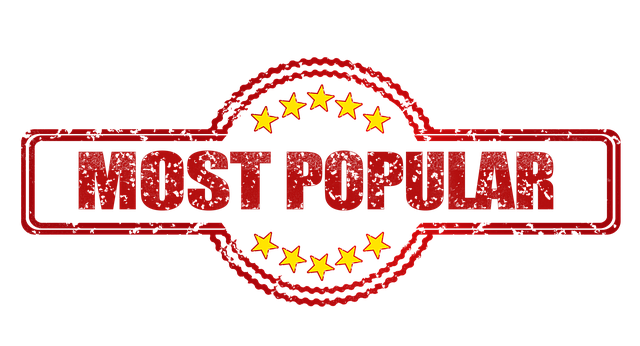For two decades, the online landscape continues to advance to an exponential rate. It’s here that many misconceptions about brand and branding rule the airwaves. For some new businesses, they perceive it as an arcane mystery only exclusive to fortune 500. To others, who grapples with prominence, see it as advertising or logos marketing.
But, a brand is all about what your customers and visitors think about your business. Take, for instance, “Amazon.” Ask any group of people on social media what Amazon “means.” In most cases, you’ll find out that more than half share the number of “meanings” for Amazon. They will talk about value, services, quality, and more.
But, a successful business brand doesn’t build by itself. Instead, it needs a careful strategy that will fuel its lifeblood. For a brand to survive, it needs traffic, leads, and sales. So, let’s learn how you can use SEO to build your brand.
Define the purpose of your brand

Building your brand in the online landscape starts with a killer website design. Usually, the design you choose communicates what your business is all about. Your visitors will get the first impression and judge you within seconds.
By employing an SEO strategy, you can come up with an aesthetic design. A design that will help improve user friendly. Besides, visitors will develop trust with your site if the design is harmonious. Visitors want something comfortable to navigate, consistent, and authentic.
Meet visitors’ needs
Google gives priority to a website that answers searchers’ problems. In that regard, you need to analyze your target audience and then tailor your site to answer their needs. Your visitors are human; thus, they want to feel the connection and value.
Moreover, knowing your audience allows you to capture their sense of subconscious rapport. In the end, you’ll win the audience like big brands because now they feel safe.
You meet customer needs when:
- You explain in details the benefits of your products or services
- Have an FAQ section to answer all possible queries about your product or services
- Give clear directions such as a call to action, email-subscription, and more.
Content marketing for brand Identity
Content marketing is a strategy that can help the upcoming business stand out from the crowd. Usually, your visitors will keep coming to your site if you keep updating them with fresh content. Also, great content attracts backlinks, which helps boost your brand identity.
Moreover, content also helps increase engagement in your site. When visitors comment on your blog, share, or retweet, they help promote your brand. In the end, your brand will gain prominence and attracts a broad audience.
Here is how SEO and content marketing fuse to influence your brand to separate the wheat from the chaff.
Keywords
Keywords help your site have structure, be accessible, and search engine friendly. For example, you need to sprinkle keywords on the title, Meta descriptions, and posts. Doing this will make your website discoverable for the target keywords.
Also, tailoring your content with long-tail keywords brings specific visitors to your site. Besides, they help boost your rank because the competition is low. Another benefit is that you’ll be able to get visitors who are willing to buy your products.
Stellar content
We all know that quality wins, and it’s one that resonates with the audience. SEO and content marketing work hand in hand to fulfil brand goals.
First, for you to achieve quality content, you have to do ideation with your audience in mind. Besides, your content should have elements such as:
- Encourage engagements
- Entice audience because it’s useful and entertaining
- Relevant and target specific audience
- Meets cultural demands
SEO and User experience
User experience is an imperative element in SEO and helps brands get repeat clients. Online searchers don’t want to visit a site that takes long to load. Likewise, if visitors can’t process the information on your site, then you are failing. In general, the more comfortable your visitors find your website to be, the more they stick with you.
First, you need to understand your users and then get a structure that will meet their needs.
For example, bombarding your visitors with distracting content reduce engagements.
Other user experience elements include:
Information architecture
Your visitors are online because they’re seeking information. It’s essential to present to them with a website that has pleasing architecture. In short, the information you have on your site should be able to reduce the cognitive load.
Coherent design
The flow of your website should be consistent so that visitors understand your brand. Also, your site should be easy to navigate to make your visitors fulfill the journey. Moreover, you can use a visitor’s feedback to tweak your website aesthetics.
Summary
The online community can make or break your brand. Before reaching out to sell them anything, you need to ask what value you will bring.
Are you different from the competitor?
To help you answer all these questions, you need SEO as part of your strategy. You can adopt various elements of SEO to build your brand. These elements will help you establish a successful brand in the online landscape.



